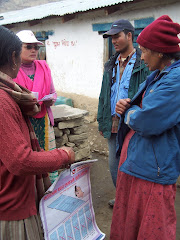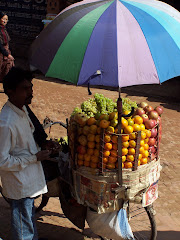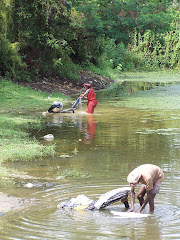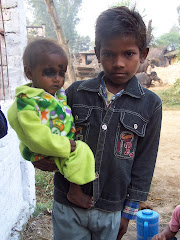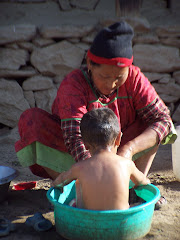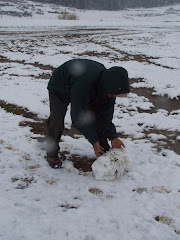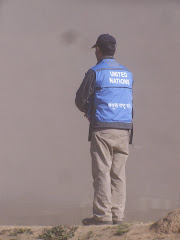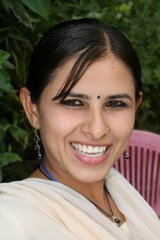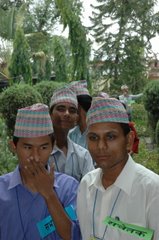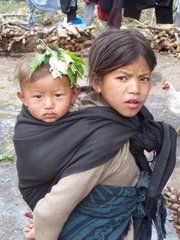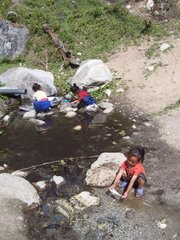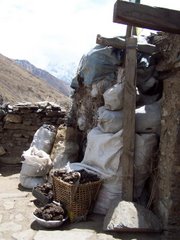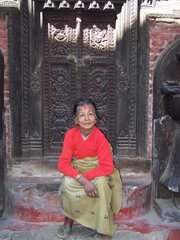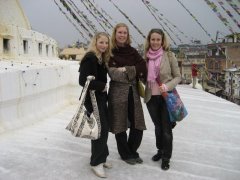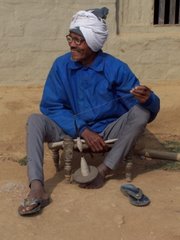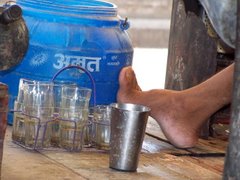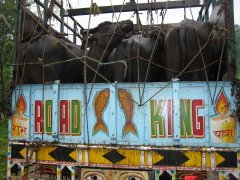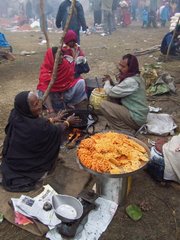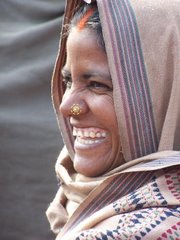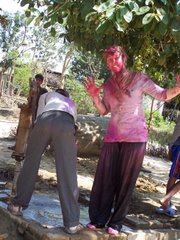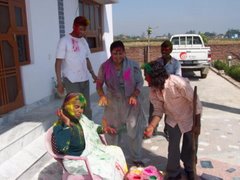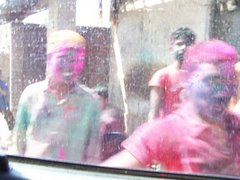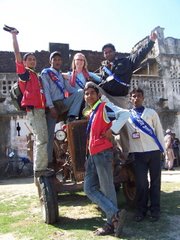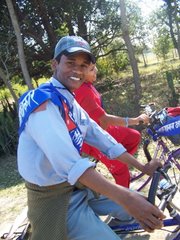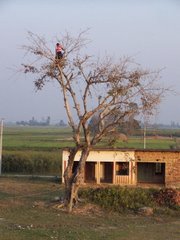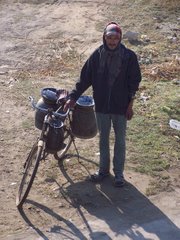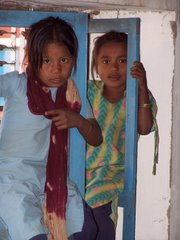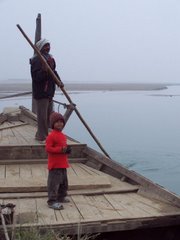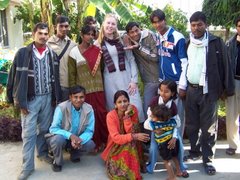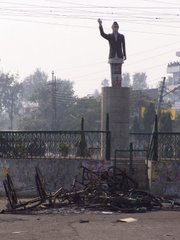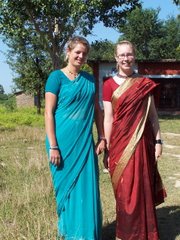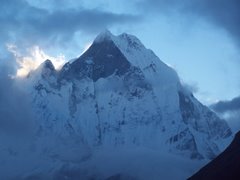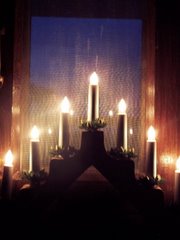För ett par veckor sedan var jag hemma i Sverige och träffade massor med släkt och vänner. Det var härligt att möte så många, att få prata svenska och att se vad som har hänt med alla där hemma. Av många jag pratade med fick jag frågan, ”vad är det du gär egentligen, jag har inte riktigt förståt.” Så, antingen är jag dålig på att förklara vad det är jag gör, och att hålla kontakten med folk, eller så är det ingen som läser min blogg. Förvisso skriver jag mer om kulturella upplevelser, semestrar och mitt liv här nere. Men många gånger är det ju det som är mitt arbete. Och en del har jag väl ändå skrivit om mitt jobb.
Så, vad är det då jag gör egentligen, förutom att dricka te, försöka lära mig Nepali och ta del i den nepalesiska kulturen?
Det enkla, korta svaret, är att jag är en rådgivare åt en människorättighetesorganisation, Huron, Human Rights Organisation of Nepal. Men hur mycket klokare gör det er? Hur som helst så är det det jag är, jag är en human rights capacity builder för en lokal organisation som arbetar med mänskliga rättigheter. Rent praktiskt så ska bygga upp kapaciteten av Huron genom att hjälpa dem med planering, bugetering, implementering, utvärdering och rapportering av deras program. Jag ska hjälpa dem att bli mer effektiva, lära dem hur man håller möten, skriver rapporter och proposals, och så förstås delta i deras program.
Huron i Nepalgunj har som huvudprogram utbildning av volontärer, Local Human Rights Activists. Vi kallar dem kort och gott LHRAs. Detta har pågått i snart tre år, tre grupper om ca 30 st per gång har deltagit i våra kurser. Jag var med vid den sista kursen och höll i en del av utbildningen. Efteråt besöker vi våra LHRA i deras landsbyar där vi tillsammans med dem anordnar program där vi upplyser befolkningen om deras rättigheter. Vi besöker skolor och kvinnogrupper, vi sätter oss bland männen på det lokala te-stället eller vi möter dem vid ett tempel. Vi åker runt och hälsar på våra LHRA, och passar på att prata med deras grannar.
Andra delar av vårat program är att vi deltar i eller anordnar demonstrationer, rallies, vi går till stormöten med politiska partier för att monitorera situationen, vi monitorerar situationer där det har hänt något så som en banda eller att någon blivit angripen av någon av alla de rebellfraktioner som nu finns, och vi håller egna möten. I allt detta tar jag så mycket del som jag kan, jag håller tal på Nepali som någon översätter till förståelig Nepali, jag hjälper till i förberedelserna, och jag är den som kör. Men mest av allt lyssnar jag, iakttar och utvärderar, kommer med råd hur det kan göras annorlunda, och svarar på frågan om jag är gift medan jag dricker rikligt med sött te ur pyttesmå glas.







 Not only do the porter have HEAVY (their bags, or rather baskets, often weigh more than 100 kg) bags, they carry them with the weight on the foreheads.
Not only do the porter have HEAVY (their bags, or rather baskets, often weigh more than 100 kg) bags, they carry them with the weight on the foreheads. 
















































